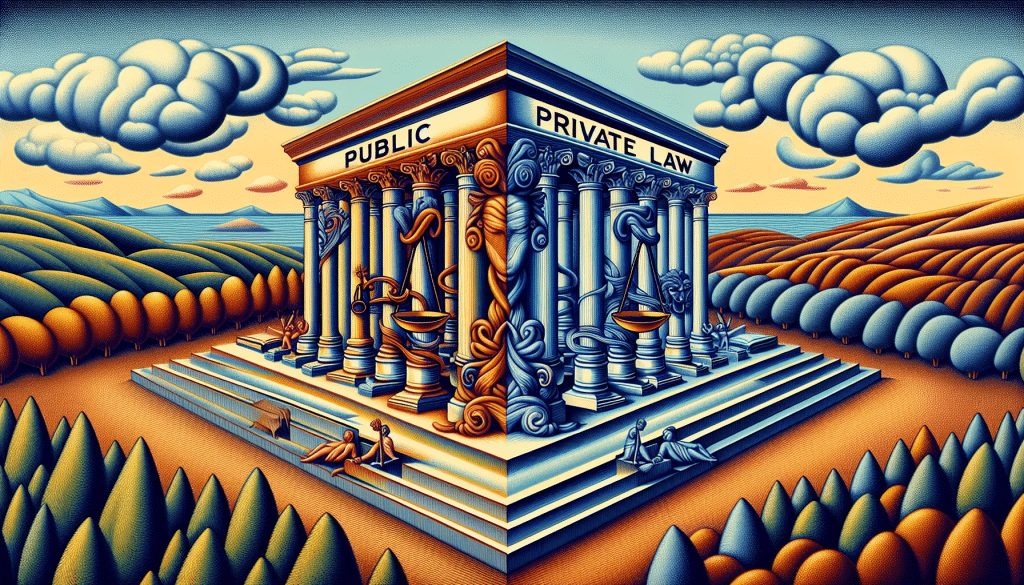The best corporate mergers & acquisitions in history

The Impact of Exxon and Mobil Merger on the Oil Industry
The Impact of Exxon and Mobil Merger on the Oil Industry
In the world of corporate mergers and acquisitions, few have had as significant an impact as the merger between Exxon and Mobil. This historic merger, which took place in 1999, created the largest publicly traded oil company in the world. The impact of this merger on the oil industry cannot be overstated, as it reshaped the landscape of the industry and set the stage for future consolidation.
One of the most immediate impacts of the Exxon and Mobil merger was the consolidation of resources. By combining their assets, the newly formed Exxon Mobil Corporation was able to streamline operations and achieve significant cost savings. This allowed the company to invest more heavily in research and development, leading to technological advancements and increased efficiency in the production and refining of oil.
Another major impact of the merger was the increased market power of Exxon Mobil. With a larger market share and greater financial resources, the company was able to exert more influence over the price of oil. This had far-reaching implications for both consumers and competitors in the industry. Consumers saw higher prices at the pump, while smaller oil companies struggled to compete with the behemoth that was Exxon Mobil.
The merger also had a profound impact on the global oil market. With its increased market power, Exxon Mobil was able to negotiate more favorable contracts with suppliers and secure long-term agreements for the purchase of oil. This gave the company a competitive advantage over its rivals and allowed it to maintain a steady supply of oil even during times of market volatility.
Furthermore, the merger between Exxon and Mobil had a significant impact on the geopolitical landscape. As the largest publicly traded oil company in the world, Exxon Mobil became a major player in international politics. The company’s operations spanned across multiple countries, giving it significant influence over governments and policy decisions. This newfound power allowed Exxon Mobil to shape the direction of the oil industry and influence global energy policies.
However, the impact of the Exxon and Mobil merger was not without its critics. Many argued that the merger created a monopoly-like situation in the oil industry, stifling competition and leading to higher prices for consumers. Others raised concerns about the environmental impact of the newly formed company, citing Exxon Mobil’s history of oil spills and environmental violations.
Despite these criticisms, it is undeniable that the Exxon and Mobil merger had a lasting impact on the oil industry. The consolidation of resources, increased market power, and geopolitical influence of Exxon Mobil reshaped the industry and set the stage for future mergers and acquisitions. Whether viewed as a positive or negative development, there is no denying the significance of this historic merger in the annals of corporate history.
In conclusion, the merger between Exxon and Mobil had a profound impact on the oil industry. From the consolidation of resources to the increased market power and geopolitical influence, the effects of this merger were far-reaching. While there were criticisms and concerns raised, the significance of this merger cannot be understated. It remains one of the best corporate mergers and acquisitions in history, leaving a lasting legacy on the oil industry.
The Success Story of Disney’s Acquisition of Pixar Animation StudiosThe Success Story of Disney’s Acquisition of Pixar Animation Studios
In the world of corporate mergers and acquisitions, there are few success stories as remarkable as Disney’s acquisition of Pixar Animation Studios. This deal, which took place in 2006, not only brought together two iconic brands but also revolutionized the animation industry.
At the time of the acquisition, Pixar was already a powerhouse in the animation world, known for its groundbreaking computer-generated films such as Toy Story, Finding Nemo, and The Incredibles. Disney, on the other hand, had a long history of producing traditional hand-drawn animated films but was struggling to keep up with the changing times.
Recognizing the potential of computer-generated animation, Disney CEO Bob Iger saw an opportunity to bring Pixar’s creative genius and technical expertise under the Disney umbrella. The deal was valued at a staggering $7.4 billion, making it one of the largest acquisitions in the entertainment industry.
The acquisition was not without its challenges. Pixar had always prided itself on its independence and creative freedom, and there were concerns that being part of a larger corporate entity like Disney would stifle its innovative spirit. However, Iger was determined to preserve Pixar’s unique culture and allowed the studio to operate autonomously within Disney.
This decision turned out to be a stroke of genius. Under the leadership of John Lasseter, Ed Catmull, and Steve Jobs, Pixar continued to produce critically acclaimed and commercially successful films. The collaboration between Disney and Pixar resulted in a string of hits, including Ratatouille, WALL-E, Up, and Inside Out.
The success of these films not only brought in billions of dollars in box office revenue but also rejuvenated Disney’s animation division. The once-struggling studio regained its position as a leader in the industry and set new standards for storytelling and animation quality.
Beyond the financial success, the acquisition also had a profound impact on the culture of both companies. Pixar’s emphasis on creativity, innovation, and collaboration influenced Disney’s approach to filmmaking, while Disney’s resources and global reach provided Pixar with the support it needed to continue pushing the boundaries of animation.
The acquisition also opened up new opportunities for cross-promotion and synergy between the two brands. Characters from Pixar films began appearing in Disney theme parks, merchandise, and television shows, further solidifying their place in popular culture.
Today, Disney and Pixar continue to thrive as a unified entity. The success of their collaboration has inspired other studios to follow suit, leading to a wave of mergers and acquisitions in the animation industry. However, the Disney-Pixar deal remains the gold standard, with its ability to combine creative excellence with financial success.
In conclusion, Disney’s acquisition of Pixar Animation Studios stands as one of the best corporate mergers and acquisitions in history. The deal not only brought together two iconic brands but also revolutionized the animation industry. Through careful management and a commitment to preserving Pixar’s unique culture, Disney was able to harness the creative genius of Pixar and propel both companies to new heights. The success of this acquisition serves as a testament to the power of collaboration and the importance of recognizing and embracing innovation in the ever-evolving world of business.
The Strategic Benefits of Google’s Acquisition of YouTube
The Strategic Benefits of Google’s Acquisition of YouTube
In the world of corporate mergers and acquisitions, some deals stand out as particularly successful and strategic. One such example is Google’s acquisition of YouTube, which took place in 2006. This move not only solidified Google’s dominance in the online search market but also positioned the company as a leader in the rapidly growing online video industry.
At the time of the acquisition, YouTube was already a popular platform for sharing and watching videos. It had quickly gained a massive user base and had become synonymous with online video. Recognizing the potential of this emerging market, Google saw an opportunity to expand its reach beyond search and advertising.
By acquiring YouTube, Google gained access to a vast library of user-generated content and a platform that was already deeply ingrained in popular culture. This allowed Google to tap into the growing trend of online video consumption and capitalize on the increasing demand for video advertising.
Furthermore, YouTube’s technology and infrastructure were highly advanced, enabling seamless video streaming and hosting. This was a significant advantage for Google, as it allowed the company to enhance its own video offerings and compete with other major players in the industry, such as Netflix and Hulu.
The strategic benefits of the acquisition were not limited to Google’s expansion into the online video market. YouTube’s user base also presented an opportunity for Google to gather valuable data and insights. With millions of users uploading and watching videos every day, Google gained access to a wealth of information about user preferences and behavior.
This data proved invaluable for Google’s advertising business, as it allowed the company to deliver more targeted and personalized ads to its users. By leveraging YouTube’s user data, Google was able to improve the effectiveness of its advertising platform and generate higher revenues.
Additionally, the acquisition of YouTube provided Google with a competitive edge in the battle for online advertising dollars. As traditional forms of advertising, such as television and print, were losing ground to digital platforms, Google’s ownership of YouTube gave it a significant advantage over its competitors.
Advertisers were increasingly shifting their budgets towards online video advertising, and Google’s ownership of YouTube allowed the company to capture a large share of this market. This not only boosted Google’s advertising revenues but also solidified its position as the go-to platform for online advertising.
In conclusion, Google’s acquisition of YouTube was a strategic move that brought numerous benefits to the company. By expanding into the online video market, Google was able to diversify its offerings and tap into a rapidly growing industry. The acquisition also provided Google with valuable user data and insights, which enhanced its advertising platform and allowed for more targeted ad delivery. Furthermore, Google’s ownership of YouTube gave it a competitive edge in the online advertising market, solidifying its position as a leader in the industry. Overall, this merger and acquisition stands as one of the best in corporate history, showcasing the strategic foresight and business acumen of Google’s leadership.





















Responses